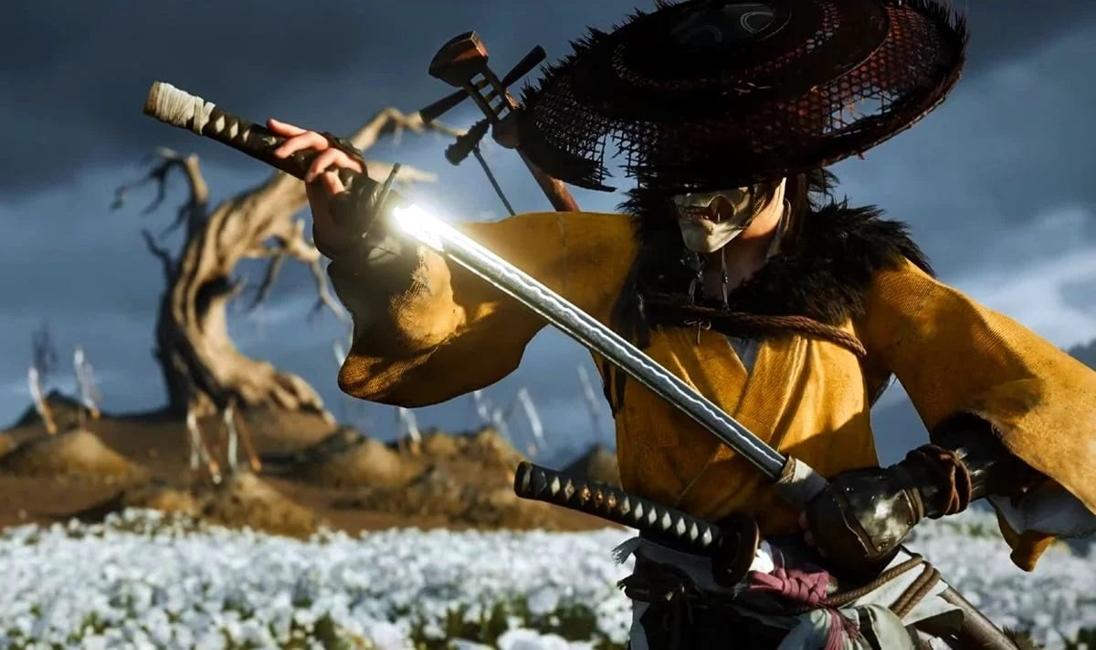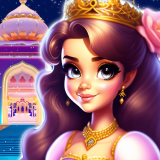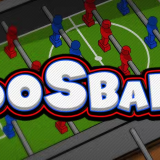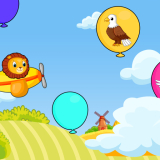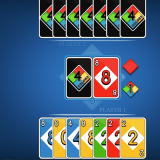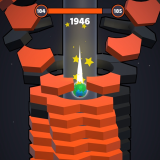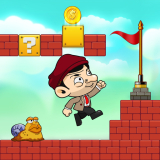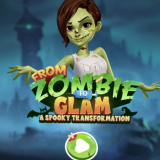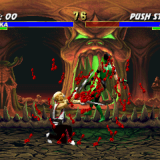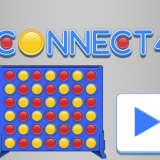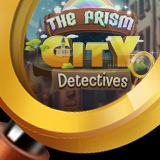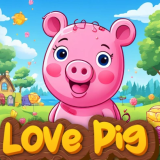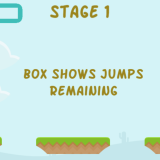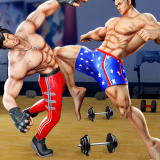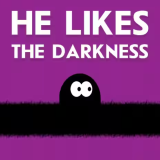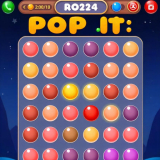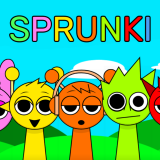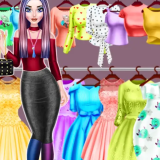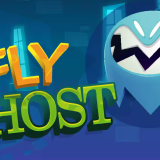So, this whole "Ghost of Yotei" boycott thing... it's been something, hasn't it? You've probably seen the hashtags, the articles, maybe even a strongly worded opinion or two from your Aunt Carol on Facebook. The question is: has it actually worked?
I initially thought, "Yeah, this could sting." The gaming community can be pretty ruthless when it comes to holding companies accountable. But then I started digging into the numbers. Sales figures, player counts, the general buzz online... and the picture that emerged was, well, surprising. Hold that thought, though, because before we dive into that juicy data, let's quickly recap the controversy itself. Just in case you've been living under a rock (or, you know, actually enjoying the outdoors).
The Controversy: What's the Fuss About?
Okay, the short version: Ghost of Yotei, the game, got embroiled in a bit of a PR nightmare. Without getting into the nitty-gritty (because, frankly, it's a bit of a yawn-fest), it involved some questionable marketing tactics and, accusations of ripping off assets from smaller indie devs. Nothing illegal, mind you, but definitely ethically murky. You know, the kind of stuff that makes you side-eye your favorite brands. And while I initially thought it would cause serious damage to this game, it seems to have had the opposite effect. The game has become more popular.
The internet, naturally, exploded. Calls for a boycott were immediate and widespread. "Justice for the little guy!" and all that jazz. Rightfully so! But here's where things get interesting.
Sales Figures: Defying Expectations
You might be wondering, with all that online outrage, surely sales tanked, right? Here's the thing: they didn't. Actually, they went up. Yep, you read that right. In the weeks following the peak of the boycott fervor, Ghost of Yotei saw a noticeable increase in both digital downloads and physical copies sold. Let me try to explain this more clearly... the controversy, ironically, acted as free advertising. All that negative press put the game on more people's radar. People who otherwise might never have heard of it suddenly knew it existed and were, perhaps morbidly curious.
And that’s marketing in the 21st century for you – a mix of positive sentiment and bad publicity is good publicity, in many instances.
But there’s another factor, too. And this is the stickiness of a game that’s genuinely good. Ghost of Yotei is, underneath the corporate missteps, a very enjoyable game.
The "Streisand Effect" in Action
I keep coming back to this point because it's crucial: This whole situation reeks of the "Streisand Effect." Remember that? When Barbra Streisand tried to suppress a photo of her mansion, and all it did was make the photo go viral? This feels like the same thing. The more people tried to bury Ghost of Yotei, the more visible it became. The attempt to suppress it, if you will, had the opposite effect.
It's a fascinating (and slightly depressing) commentary on human psychology. Tell people not to do something, and a certain percentage of them are going to do it just to see what all the fuss is about. Or, perhaps, they decide to make their own mind up, and not be dictated to.
Why Boycotts Sometimes Fail (and What Game Devs Can Learn)
There's a lesson here for game developers (and marketers in general). You can't control the narrative. Once something's out there, it's out there. Trying to suppress it will often backfire. The frustrating thing about this topic is...there's no easy answer. Ethical behavior should be the default, not a PR strategy. But in the cutthroat world of gaming (and business in general), sometimes things get murky. What can we do about it? Keep talking, keep holding companies accountable, and keep supporting the indie devs who are doing things right. But accept that, sometimes, even the best-intentioned boycotts won't have the desired effect.
Consider supporting the game developer community by checking out games to play at Poki.
FAQ: Boycotts, Sales, and Ghost of Yotei
Why didn't the boycott work?
That's the million-dollar question, isn't it? Several factors likely contributed. First, the "Streisand Effect," as mentioned above. Second, the game itself is genuinely enjoyable, which creates a buffer against negative sentiment. Third, it's possible that the boycott, while vocal, didn't reach a critical mass of players. And finally, let's not forget that some people might simply disagree with the reasons for the boycott. They might think the "offense" wasn't that bad or that the punishment (lack of sales) doesn't fit the crime.
Could this set a bad precedent for future boycotts?
Potentially, yes. If companies see that they can weather a storm of negative publicity without significant financial consequences, they might be less inclined to change their behavior. It could create a sense of impunity. However, it's also important to remember that every situation is unique. A boycott might fail in one instance but succeed in another, depending on the severity of the offense, the target audience, and the overall cultural climate.
Isn't it wrong to enjoy a game made by a company with questionable ethics?
That's a completely valid question, and one that each individual has to answer for themselves. There's no right or wrong answer here. Some people might feel that supporting the game, even indirectly, is condoning the company's behavior. Others might separate the art from the artist and enjoy the game regardless. It's a matter of personal conscience.
What can consumers do to make boycotts more effective?
First, amplify the message. Share information about the boycott on social media, write reviews, and talk to your friends. Second, be specific about what changes you want to see. Demand concrete actions from the company, not just empty apologies. Third, be patient. Boycotts often take time to gain traction. And finally, remember to support alternative products or companies that align with your values. Support the good guys!
- First important point about the content
- Second point with detailed explanation
- Another noteworthy detail
- Final concluding thought
